Traditional Tea-grass Integrated System in Shizuoka, Japan
GIAHS since 2013
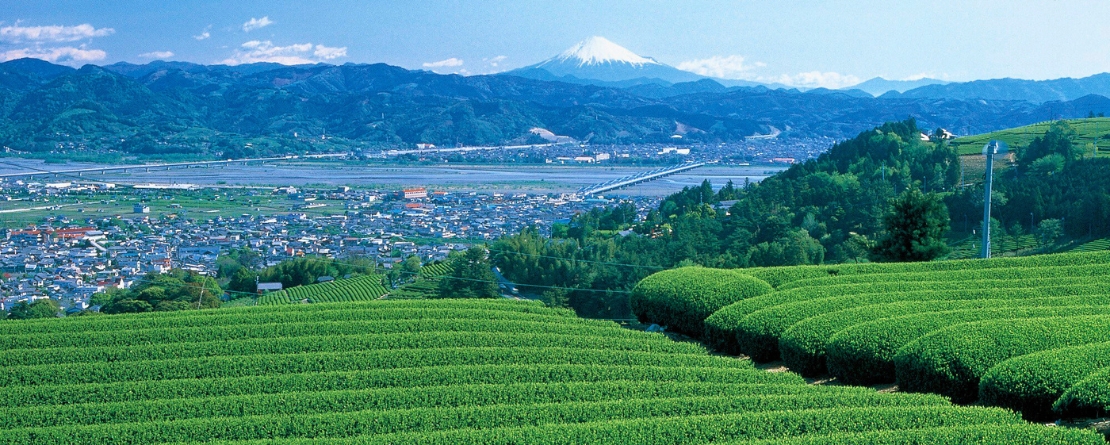
©Shizuoka Prefecture
The “Chagusaba” (“semi-natural grasslands”) of the Shizuoka site represents an exemplary system of traditional agricultural techniques, where grasslands are maintained around tea fields to supply mulch that improves the quality of tea cultivation. Chagusaba is a rare example of codependence between agricultural production and biodiversity, each of which enhances the other’s value.
Global importance
The Yellow River in Xiajing is famous for being extremely prone to silting, flooding, and course changes. The local people plant the resilient mulberry trees with other fruit trees and timber trees, which slows the Aeolian processes, stabilizes the sand, conserves the water and improves the soil conditions. In other words, they improve the micro-climate and conditions of the site, making it possible for planting other crops among the trees. Thus, the system contributes to human survival and sustainable efforts in controlling desertification. This is because it satisfies local people’s demands for clothing, food and daily necessities, and sustains biodiversity in the ancient course of the Yellow River.
Food and Livelihood Security
Mulberry trees have stable yields. One old mulberry tree produces 400 kg of mulberries per year, and 225 kg of fresh leaves per year. From May 21 to June 5 during when the wheat has not ripened yet, food is in short supply, making it the most difficult time for local farmers. Luckily, the local people harness mulberries to make up the shortage. They also dry the mulberries, which then can be stored for a longer time. The mulberries can be eaten directly, or be made into dried mulberries, mulberry cakes and mulberry porridge. By planting peach, apricot, pear, apple, hawthorn and other fruit trees among the mulberry trees, the farmers have grown mixed forests, which provide various fruits. As to agro-forestry, wheat, green bean, peanut, sweet potato, oilseed rape, green pepper and other crops are planted among the arbours. Chickens, geese, sheep and other livestock are raised in the woods. In this way, the various products of the system have met the subsistence demands of the people.
Agro-biodiversity
The old mulberry trees and other fruit trees have created abundant niches at the heritage site, allowing other crops to grow in the system. Thus, the system is blessed with biodiversity. More than 20,000 old mulberry trees over 100 years old are living at the heritage site. Local farmers also have chosen to plant jujube, apricot, peach, hawthorn and plum trees among the mulberries. There are over 10,000 old persimmon trees, old apricot trees, old hawthorn trees and old pear trees that are over 100 years old in the heritage site. Investigations show that there are five species of grain crops in the system, 38 species of economic crops, 15 species of domestic animals and 10 aquatic species. Among them, Serinus canaria is an endemic species of Xiajin. The old mulberry trees also provide significant Ecosystem Functions services such as: Preventing the Aeolian Process; Stabilizing Sand and Conserving Water; Improving the Soil; Conditioning Atmosphere.
Local and traditional Knowledge Systems
Lots of indigenous Knowledge and Adapted technologies are practiced in this system: Sapling Cultivation and Grafting; Pruning; Rejuvenation of the Old Trees; Proper Close Planting; Mixing Fruit Species, Mixing Fruit with Crops; Fertilization; Picking Mulberries; Dry Mulberries.
Just one example: Old trees are ones over 100 years old. The rejuvenation methods used by the farmers on the old trees include layering, breaking the roots while applying fertilizer, tree surgery and pruning. Layering is the rejuvenation technology with the longest history in Xiajin. It means a stem is covered with soil for rooting. It could prolong the life of the old trees. Another rejuvenation method combines rejuvenation with fertilizer application. When using this method, the surface root is broken to stimulate the growth of new roots. Fertilizer will be put into the holes produced while breaking the old roots to help the new root grow. Every year, the farmers break the roots in different places according to the distribution of the roots. This will help even out the roots.
Culture and Social Organizations
There have been 26 major changes of the course 6 of which had great impacts. After each change, an ancient course was left with relics. The mulberry culture, drum culture, culture of the Yellow River and folk culture make up a cultural system that has been passed down generation after generation. The mulberry culture has been embedded in every aspect of people’s lives, including food, clothing, and accommodation and trading. For the local people, mulberry trees are not just trees, but also a spiritual presence. The small-peasant economy was self-sufficient, which meant the mulberry trees are planted and maintained on household to produce what they needed in daily life. Because of social institutions like the clan philosophy and the extended family structure, the old mulberry woods were important heritages and were passed on as a place where the families lived and worked.
Remarkable Landscapes Features
Different landscapes in different seasons. In spring, the woods are full of life as the new shoots of the old mulberry trees come out. In summer, mulberries of different shades hang on the branches, radiating fragrance into the air. When autumn comes, the gold leaves form a spectacular scene. In winter, the mulberry trees are turned into ice sculptures, which are sacred and beautiful. The peach, apricot and pear trees scattered in the woods add to their beauty, which has different attractions in different seasons.
Requesting Agency
Association for Promotion of GIAHS "CHAGUSABA in Shizuoka
Responsible Ministry
Ministry of Agriculture, Forestry and Fisheries (MAFF)
Proposal
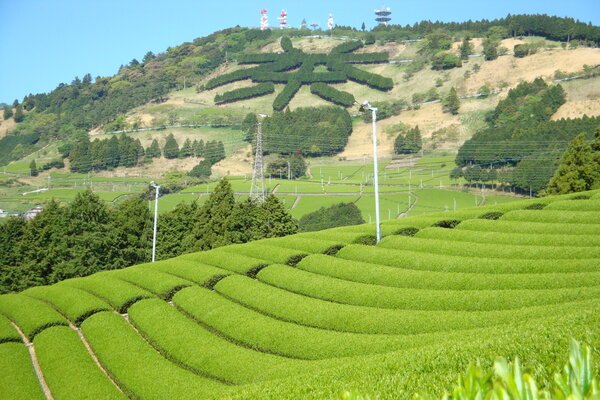
Proposal: Traditional Tea-grass Integrated System in Shizuoka
12/09/2013
Shizuoka Prefecture is widely known as a traditional landscape of Japan. The prefecture’s Traditional Tea-Grass Integrated System is a long-practiced agricultural production system. An ancient farming technique called Chagusaba is used in the Shizuoka system, preserving biodiversity. This site was designated as an FAO GIAHS site in 2013.
Multimedia
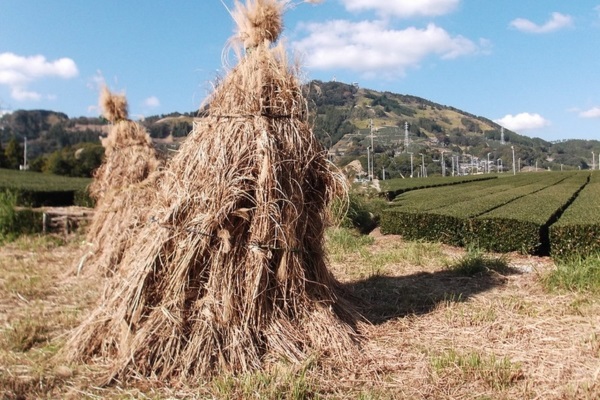
Photos
Flickr Album: Traditional Tea-grass Integrated System in Shizuoka
09/08/2020
For more than 10,000 years, Chagusaba areas have been maintained through human activity. However, the area of the semi-natural grasslands has been reduced...
Video
Discover the rich heritage of five traditional tea cultivation systems
21/05/2024
Tea is a way of life, it has been so for centuries, it is part of our history and culture around the world.
Highlights

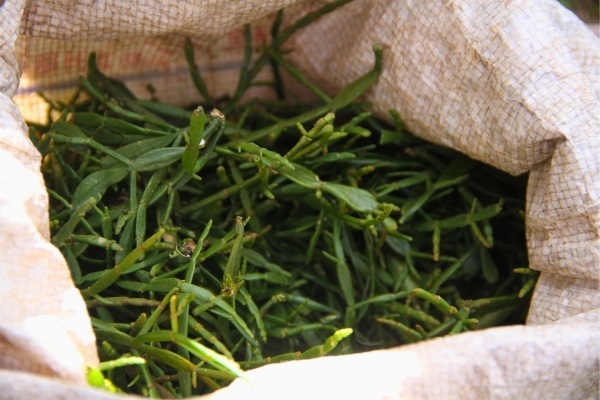
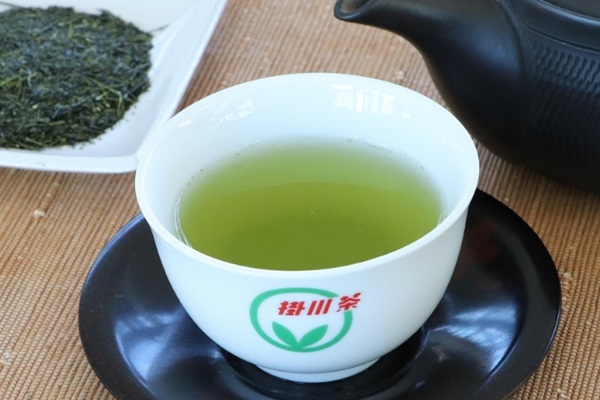
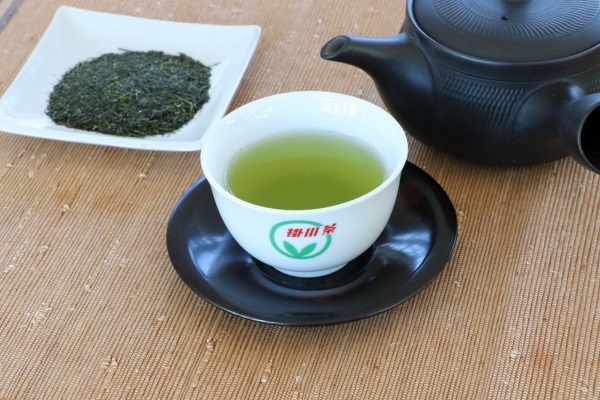
On International Tea Day, FAO spotlights the role of women in the sector and their significant contributions
21/05/2024
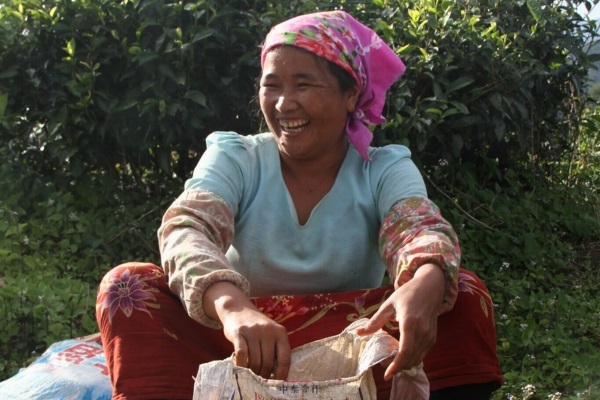
First International Tea Day sees call for joint action to ensure sustainability of tea sector
22/05/2020
Celebrating the cultural heritage, health benefits and economic importance of the iconic beverage.

